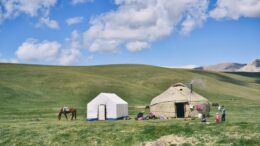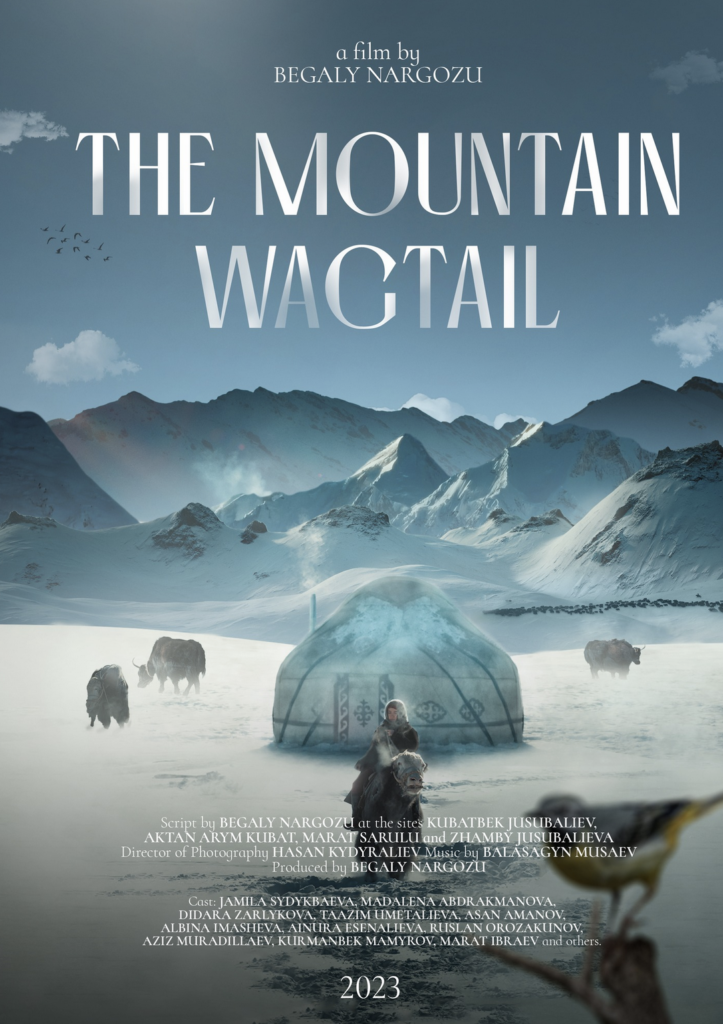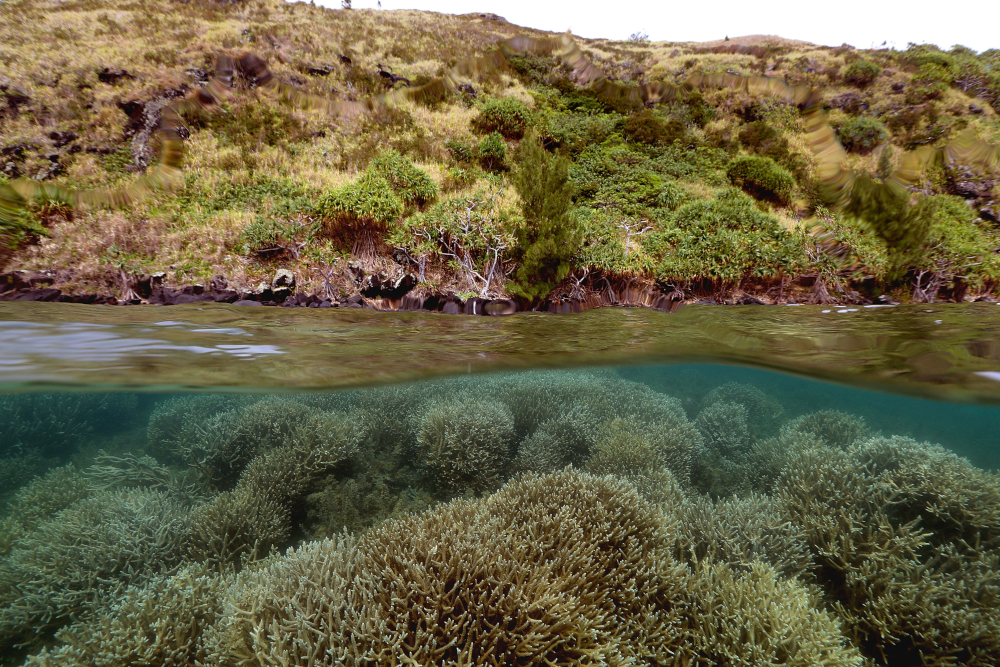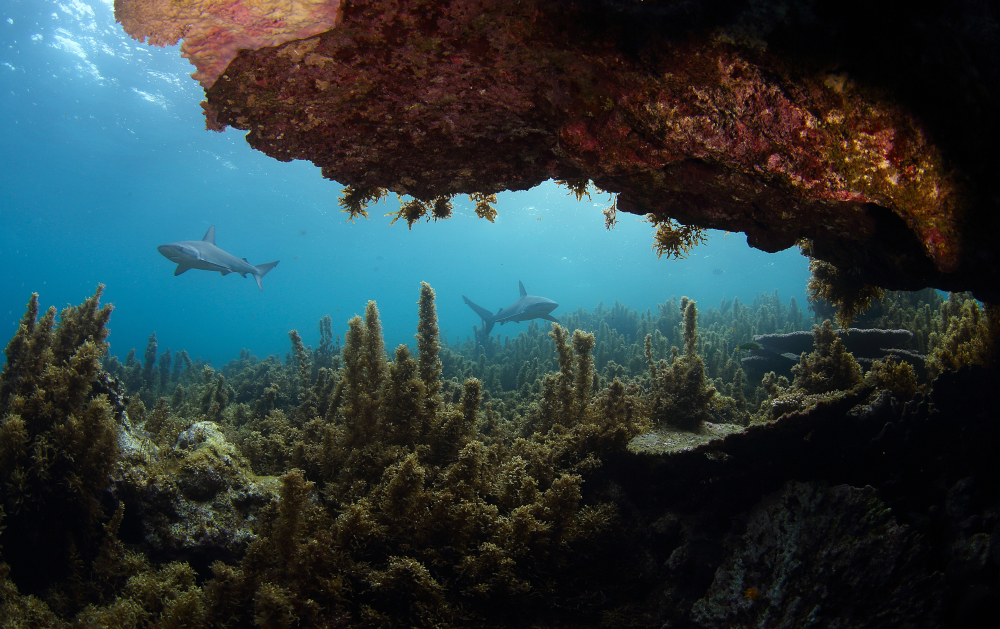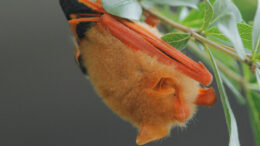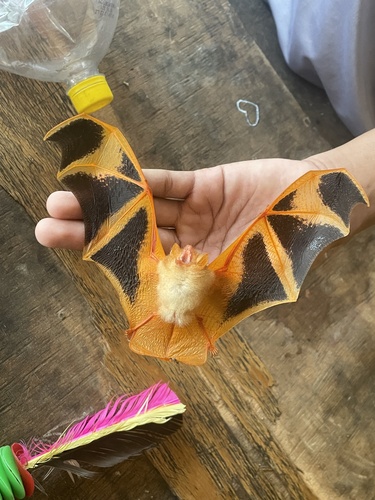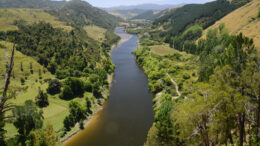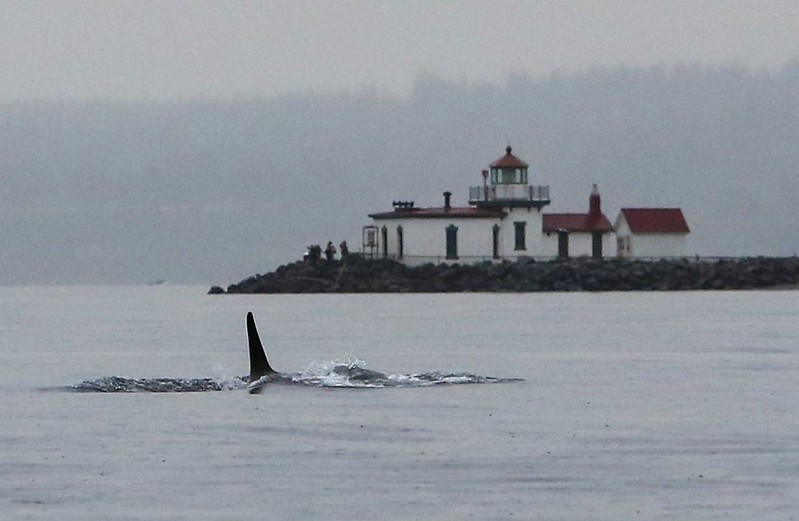WHITEHORSE, Yukon — Thirty minutes’ drive outside northern Canada’s largest city lies one of its best-kept secrets.
The Yukon Wildlife Preserve spans more than 700 acres and features 12 iconic Yukon species in their natural habitat: wood bison, mountain goat, woodland caribou, mule deer, muskox, red fox, thinhorn sheep, moose, elk, Canada lynx, arctic ground squirrel, and arctic fox. It has a long history of rehabilitating injured animals and breeding rare species, and it also serves as a critical stopover and monitoring station for migratory birds.
View this post on Instagram
The site, which celebrates its 20th anniversary as a preserve in 2024, dates back to the 1960s and a man the Canadian Broadcasting Company once called “one of Yukon’s most colorful characters.”
Founder Danny Nowlan was a former forest ranger and preeminent falconer who grew up skipping school in favor of trapping animals and selling their pelts. In 1967 he purchased the property north of Whitehorse, “determined to build not a zoo, but a showcase for northern species in their natural habitat,” the Yukon Times wrote.
Over the next 35 years, Nowlan and his wife would turn the empty property into what they termed a “game farm,” although they didn’t raise animals for hunting or trapping, as the term typically implies. They raised and sold animals to zoos and game farms throughout Canada and the United States and used the earnings to build a wildlife rehabilitation center. As the years went on, they offered educational tours to allow visitors to see native species in large, semi-wild habitats.
Among the many species the Nowlans raised, in custom-built breeding pens and an avian hospital, were peregrine falcons and other birds of prey. The falcons raised there were either sold — using the proceeds to mitigate the poaching of wild populations — or rewilded as nearby populations declined.
Their conservation efforts garnered a national spotlight, and notoriety, when the couple were swept up in a falcon-trafficking sting, arrested, and charged with laundering wild falcons to Arab royalty. Depending on the telling, Nowlan and his wife were either ruthless masterminds who had found a way to finance their conservation habits by trafficking the very birds they were protecting or arrested without merit.
All the falcons were seized. After three years of a trial that at the time was the longest and most expensive in Yukon history, and the Nowlans’ near-financial ruin, they were acquitted of all charges.
When Nowlan and his wife retired in 2001, they put the site up for sale. Members of the community began advocating for the property to become a public facility, and in 2004 they succeeded.
The site is now owned by the Yukon government and operated by the nonprofit organization formed by those neighbors, the Yukon Wildlife Preserve Operating Society. It received accreditation from the Canadian Association of Zoos and Aquariums in 2012, joining the ranks of the Toronto Zoo and the Vancouver Aquarium.
The Revelator sat down with Jake Paleczny, the current executive director, to discuss its iconic species, how climate change is affecting the site, and the challenges of keeping it all going.
This conversation has been lightly edited for length and clarity.
Why is animal rehabilitation a critical component of the work here?
Wildlife rehabilitation is key to our educational outreach because so many of those animals that come in are from some kind of interaction with people or infrastructure. Whether they’re flying into wind, flying into windows, getting hit by cars…some just get injured when a tree with baby eagles in the nest blows over in a storm. We have this opportunity to give something back to those animals and give them a second chance and have a conversation about how they got here.
View this post on Instagram
A huge part of wildlife rehabilitation is that, whether you think about it or not, we have a relationship with wildlife. I think in the North we have probably a much stronger, closer relationship with wildlife than people do further South or in other parts of the world. As a result, we have a lot to share about that.
We’re thinking about it in terms of rehab, but then also how do we live in our own backyard with wildlife?
How did Nowlan, and now the preserve, choose which species are here?
Many of the species here are ones that Danny Nowlan got into in the seventies, eighties, and nineties. That’s most of the ungulates here. The caribou, bison, deer, elk…there’s a long history here with them. We added lynx and foxes after it became a society to make sure we were really diversifying the species.
Around the time the wildlife preserve became a society, public consultation with First Nations found that there was a real discomfort with the idea of large carnivores in captivity. There was the idea that these were really important species for First Nations, and that having them in captivity wouldn’t be compatible with those animals. That’s why we are the way we are and why we’re not looking to add wolves or bears or anything like that.
What’s your favorite species here?
It is very difficult to pick a favorite. But most of the time, caribou. They’re laid back, curious. They’ll come check something out. And they’re not normally in too much of a hurry.
Not like the muskox. You wouldn’t know it to look at them, but they’re one of the most dangerous animals we have here because they’re aggressively defensive about their territory and they’re not laid back at all. They’re very cautious and standoffish.
View this post on Instagram
Have you seen any effects of our changing planet manifest in the preserve?
I feel like my history here isn’t long enough to properly speak to that, but a few examples come to mind right away. One is, we have a large aviary that was torn apart by heavy snow loads. It was fine for 15 or 18 years. And then those heavy snow years that we had two and three winters ago were really hard on infrastructure like that.
We [also] had a wildfire come relatively close to the wildlife preserve. We’ve been doing some work on fire smarting, because, in theory, you have a plan that if a place like this was threatened by a wildfire, you’d be able to load up all the animals and ship them.
But here, there is nowhere to take them. The alternatives, the infrastructure just doesn’t exist. So we’re starting to think about how we would defend the property against wildfire.
Another really good example: You’ll see the bird boxes as you’re walking around. Those are monitored and have been monitored for, I don’t know, 20 years now. We have a team of biologists coming out and checking on them a couple of times a year. That’s where you can see very clearly the effects of our changing planet. We used to see a lot more mountain bluebirds — beautiful, stunning birds. That population has come down tremendously over the last 15 years.
View this post on Instagram
I see bluebirds out my office window, you know, but not nearly as many as we saw 10 years ago.
We’ve had a few really uneven springs in the last 10 years where you have these abnormally late snowfalls that kill all the bugs. Mountain bluebirds or tree swallows, those are insectivorous birds. Then, all of a sudden, all the bugs get taken out with cold and snow. Then when the researchers open up those bird boxes, they’re finding boxes full of dead babies because the parents just couldn’t find enough insects to feed. Oh God, that’s heartbreaking.
You arrived at the preserve in 2013 as an education and visitor services manager. Since 2019 you’ve served as executive director. What are some of the challenges of keeping a place like this going?
There are lots of challenges. I think the first and most obvious one is that we have 136 animals and we exist in a sea of wilderness.
Living up here in the North, we’re pretty far away from a lot of things. Getting the materials and making sure you’ve got the people you need and the veterinarians and the supplies to care for these 136 animals who all have personalities and desires of their own. And then you’ve got all the wilderness surrounding us.
There are other animals just outside of the preserve too, like bears who want to get in.
Money is always a thing. And hiring people and making the books balance and keeping the people happy and keeping staff on. We have an animal care team because, of course, animals need to eat every day, including Christmas. There are no days off. There’s an animal care person here every day of the year. And then an outdoor operations team that do things like plowing snow in the winter and keeping fences repaired and buildings in good condition. I’m happy to say we’ve got a really great team here right now. But these are always challenges.
What do you want people to know about visiting the preserve?
I want people to be able to come here and just enjoy and appreciate feeling that connection with Northern wildlife and understand that we have this incredible asset here.
We exist in a sea of wildlife, which is not something that most people in the world have around them. Our relationships with wildlife in the North are varied. We’ve got hunters hunting for food and we have trappers and we have biologists and we have people who like to hike and see wildlife while they’re hiking and people are going to go paddle in rivers or fly into mountains to go sheep hunting and all these different things. They’re all ways that we relate to and understand wildlife.
I think we have a lot to share with people in other parts of the world as a result of that, you know? It brings it kind of into sharp focus, this opportunity to think about our relationship with wildlife and appreciate it and share it.


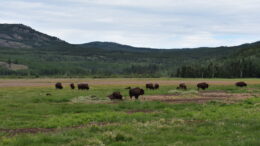

 After the usual routine — a breathing treatment to loosen the vice grip on my lungs, height, weight, vitals — I sat hunched in an exam room, feet dangling two feet from the floor, as the doctor gently pressed here and felt there along my shirtless torso. Like all the doctors I visited as a child, he was an elderly white man who resembled Marcus Welby, MD, from the famous 1970s television series. And like all those doctors, he inspired my awe. As a military kid I always had access to healthcare, and I assumed that was true for everyone. To be sick and unable to see a doctor? I couldn’t fathom it.
After the usual routine — a breathing treatment to loosen the vice grip on my lungs, height, weight, vitals — I sat hunched in an exam room, feet dangling two feet from the floor, as the doctor gently pressed here and felt there along my shirtless torso. Like all the doctors I visited as a child, he was an elderly white man who resembled Marcus Welby, MD, from the famous 1970s television series. And like all those doctors, he inspired my awe. As a military kid I always had access to healthcare, and I assumed that was true for everyone. To be sick and unable to see a doctor? I couldn’t fathom it.
